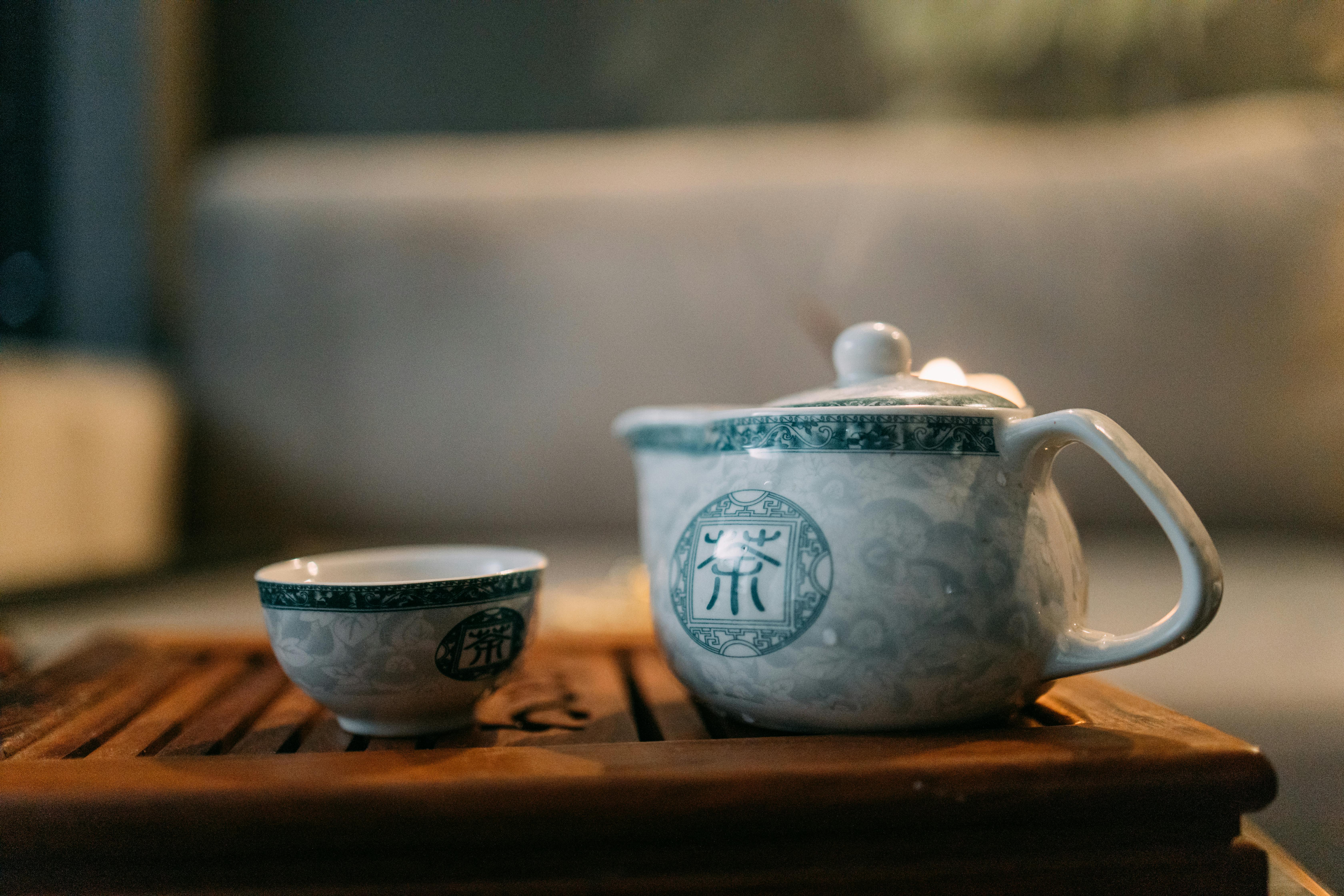Effective Ways to Loosen Tight Lower Back Muscles in 2025
Lower back pain has become a common ailment in our fast-paced, often sedentary lifestyles. The causes can range from poor posture and stress to inadequate stretching or core weakness. Understanding how to loosen tight lower back muscles is paramount for anyone looking to manage pain effectively. Not only does effective management enhance everyday activities, but it also improves overall quality of life.
In this article, we will explore various effective methods, including stretching exercises, heat therapy, and yoga tailored for lower back relief. By incorporating these techniques into daily routines, you can experience significant improvements in your lower back mobility and strength, contributing to a more active and enjoyable lifestyle.
We’ll cover essential tools like foam rollers and massage therapy, and also discuss lifestyle changes necessary for back health. Furthermore, we will delve into relaxation techniques that aid recovery and highlight the importance of professional help when pain persists. Let's discover the best practices to achieve pain relief and maintain a healthy back in 2025 and beyond.
Essential Stretching Exercises for Back Relief
Building on the understanding of how tight back muscles can hinder your mobility, it's crucial to incorporate effective stretching exercises into your routine. These exercises play a significant role in relieving tension and improving flexibility.
Dynamic and Static Stretching Techniques
Dynamic stretches are crucial for warming up before physical activity, while static stretches help cool down and relax the muscles at the day’s end. Techniques such as the child’s pose and seated forward bend are wonderful for gently engaging the lower back muscles. Ensure each stretch is held for at least 20-30 seconds to promote effective loosening.
Hip Flexor and Lower Back Integration
Tight hip flexors can contribute to lower back discomfort. Engaging in hip flexor stretches can alleviate undue strain on your lower back. Incorporate stretches like lunging hip flexor stretches into your daily routine. These not only enhance hip mobility but also improve overall lower back flexibility.
Lower Back Stretching Routine
A dedicated lower back stretching routine can become a great ally in pain management. Performing everyday stretches such as the cat-cow stretch can provide great relief. It's also important to listen to your body and only stretch within comfort to prevent further damage. Implementing consistent stretching helps reinforce back health.
Implementing Yoga as a Therapeutic Tool
Following the importance of stretching, yoga stands out as a powerful method for back pain management. Yoga for lower back pain combines stretching with mindfulness, promoting both physical and mental well-being.
Fundamental Yoga Poses for Back Pain
Incorporating basic yoga poses like the downward dog and bridge pose can facilitate muscle loosening while providing stability. They also engage the core, which is vital in supporting the lower back. Practicing these poses consistently can lead to noticeable improvements in lower back tension.
Advanced Yoga Techniques for Strength and Flexibility
Once comfortable with the basic poses, gradual progression to advanced yoga poses enhances both strength and flexibility further. Poses such as the pigeon pose and cobra pose are excellent for deep stretching and improving overall back health. Always consult with a professional if unsure about any pose to ensure proper form and prevent injury.
Mindfulness and Breathing Combined with Yoga
Integrating mindfulness and deep breathing exercises within your yoga practice can significantly contribute to muscle relaxation and pain relief. Techniques like guided relaxation foster mental clarity while enhancing physical healing, making yoga a comprehensive approach to managing lower back pain.

Heat and Cold Therapy Techniques
Transitioning from physical practices, heat and cold therapy provides additional ways to manage lower back pain effectively. Understanding when to use each method can be pivotal for optimal results.
Heat Therapy for Relaxation and Blood Flow
Applying heat through warm compresses or heating pads helps loosen tight muscles by increasing blood flow to the affected area. This process can expedite healing and reduce stiffness, especially before engaging in activities. Alternate heat therapy with cold therapy for the best results.
Cold Therapy for Immediate Pain Relief
Cold packs serve as an effective method to reduce inflammation and numbing sharp pain. If an incident occurs or muscles become overworked, immediately applying ice packs can prevent further swelling. It’s advisable to limit cold therapy sessions to 20 minutes at a time to avoid skin damage.
Integrating Thermal Therapy in Daily Routines
Utilizing a combination of heat and cold therapy in your routine can significantly enhance your lower back care regimen. For instance, after a strenuous day or workout, applying heat for relaxation before bed can be soothing, while cold packs can provide relief from acute pain from daily activities.

Massage Therapy and Self-Myofascial Release Techniques
Massaging the lower back can be highly beneficial for loosening tight muscles and reducing pain. Professional massage therapy provides targeted relief while also allowing the muscles to relax fully.
Benefits of Professional Massage Therapy
A professional massage can provide tailored approaches to your specific needs, addressing tightness and promoting better blood circulation. Techniques such as Swedish massage and deep tissue massage can both help alleviate pain and restore function. Regular appointments can promote long-term back health.
Self-Myofascial Release Techniques at Home
Self-myofascial release is an effective method to release tension in the lower back. Using tools like foam rollers or tennis balls, you can target tight muscles, improving mobility and alleviating pain. Ensure to follow up each session with gentle stretching for maximum effect.
Maintaining Professional Consultations
While self-care is vital, do not overlook the importance of professional advice, especially when experiencing significant discomfort. Qualified professionals can guide personalized processes that align with your specific conditions to yield better outcomes.
Developing Core Strength and Stability
As we transition into our final method, developing core strength is critical for supporting and protecting the lower back. A strong core alleviates pressure off your back, promoting proper posture and reducing the risk of recurring pain.
Core Strengthening Exercises to Consider
Engaging in a routine of core strengthening exercises supports the lower back effectively. Examples include planks, side bridges, and other resistance band exercises which reinforce core stability. These exercises should be incorporated at least a few times a week for best results.
Isometric Exercises for Added Support
Incorporating isometric exercises, such as wall sits and dynamic plank variations, can also be beneficial. These activities engage muscle fibers without unnecessary strain, resulting in solid core engagement while providing strong support to your lower back.
Monitoring Progress and Adjusting Routines
As your core strength improves, be sure to adjust your routine to include more challenging exercises. Regularly assessing your progress can provide motivation and lead to a robust back care regime. Maintaining a holistic approach that balances strength with flexibility will yield the best outcomes in lower back health.
Conclusion
Loosening tight lower back muscles and managing discomfort requires a multifaceted approach. Incorporating stretching, yoga, heat therapy, massage, and core-strengthening exercises can lead to significant improvements in strength and flexibility. By developing these habits and techniques, you will enhance both your back health and overall quality of life. Remember to stay patient and consistent – each small step paves the way toward effective back pain relief.
For further insights on back health, consider exploring more about ergonomic adjustments for your workspace and discover how small lifestyle changes can contribute to long-term well-being.
Its part of generated content. Can i generate another part?